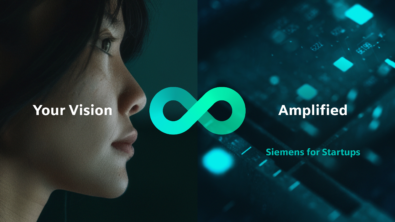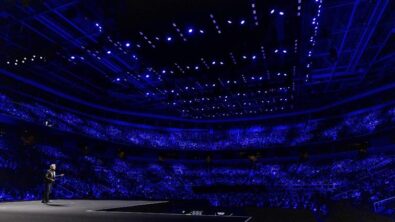Part 2 – Digital Manufacturing Delivers in a Changing Landscape
Best Practices for Greater Flexibility.
This is Part 2 of a blog series where we’re talking about how uncertainty is driving the need for manufacturers to become more flexible. While flexibility allows for more rapid response to changing consumer demands, supply chain disruptions and errant swings in inventories, production itself is an animal most suited to stability. It would follow then, that this dichotomy is what we have to manage better to achieve more flexible production while minimizing the impact to profitability and quality. Of the three digital manufacturing strategies I’ve outlined, this is an especially critical one to get right. Much like design uses carry-over content from product to product; manufacturing leverages investments in processes, resources and facilities to their advantage. By identifying your best-in-class operations in a process template defined as the bill of process (BOP), all resources, tooling, machinery and their configurations can be integrated providing the basis for streamlining carry-over of your operational assets. This gives manufacturing planners a basis from which they can easily leverage the smart decisions of previous plans, gain a higher return on capital equipment investments and focus on driving flexibility into their production capacity.
Of the three digital manufacturing strategies I’ve outlined, this is an especially critical one to get right. Much like design uses carry-over content from product to product; manufacturing leverages investments in processes, resources and facilities to their advantage. By identifying your best-in-class operations in a process template defined as the bill of process (BOP), all resources, tooling, machinery and their configurations can be integrated providing the basis for streamlining carry-over of your operational assets. This gives manufacturing planners a basis from which they can easily leverage the smart decisions of previous plans, gain a higher return on capital equipment investments and focus on driving flexibility into their production capacity.
There are two crucial ingredients to enabling this strategy; 1) a PLM foundation which can manage the multi-level  complexity of the same product in multiple plants and/or multiple products in the same plant and 2) you have to know what your best-practices are. We can absolutely help you with the first ingredient and believe it or not, once you experience the value of this type of carry-over strategy, it’s almost second-nature to put in motion the discipline and processes to deliver the second.
complexity of the same product in multiple plants and/or multiple products in the same plant and 2) you have to know what your best-practices are. We can absolutely help you with the first ingredient and believe it or not, once you experience the value of this type of carry-over strategy, it’s almost second-nature to put in motion the discipline and processes to deliver the second.
For manufacturers, uncertainty demands smarter decisions to balance short-term gains against long-term viability. Increasing your flexibility in manufacturing improves your position for both outcomes as long as the right strategies are in place to manage the dichotomy between rapid change and a stable production environment.
In Part 3 of this blog series we’re going to get as close to the point of production as possible. We’ll blur the lines between the virtual world and the physical world so stay tuned!


